Opportunity Investing: How To Profit When Stocks Advance, Stocks Decline, Inflation Runs Rampant, Prices Fall, Oil Prices Hit the Roof and Every Time in Between
$10.48
| Author(s) | |
|---|---|
| Pages |
370 |
| Format |
|
| Publication Year |
2007 |
Opportunity Investing has been structured to provide benefit to readers who have only limited inclination/time to monitor their investments and even more benefit to investors who are willing to put additional time and effort into their investment programs.
Introduction:
The initial sections of Opportunity Investing show you a range of more familiar and basic investment areas, profit potentials and pitfalls, and strategies for constructing portfolios for greater returns at lower risk. We review which investments are likely to produce greater returns during periods of inflation and which during periods of deflation.
You will learn where you can secure high levels of income commensurate with risk and the benefits of and strategies associated with diversification (including diversification by time, investment sector, and geography). You will learn how to select open- and closed-end mutual funds and exchange-traded funds (ETFs) most likely to succeed and will be provided with a “starter portfolio” of the less than 1% of mutual funds that have met certain criteria for long-term excellence in performance.
You will also learn how you can improve your investing performance considerably—quite considerably—by the application of just one investment technique alone. As the book progresses, more active and involved investors will learn general and investment-specific techniques of market timing— which are designed to help you know when to enter the various investment arenas and when to hold assets in cash and cash equivalents.
You will learn how to measure the relative strength of different investments so that your portfolio may be rebalanced to emphasize those areas that are performing the best while de-emphasizing investment areas that are underperforming.
Contents:
- The Myth of Buy and Hold
- Putting Together a Winning Portfolio
- Selecting Mutual Funds Most Likely to Succeed
- Income Investing—Safer and Steady . . . But Watch Out for the Pitfalls
- Securing Junk Bond Yields at Treasury Bond Risk
- The Wonderful World of Exchange-Traded Funds
- A Three-Pronged Approach to Timing the Markets
- Time Cycles, Market Breadth, and Bottom-Finding Strategies
- Cashing In on the Real Estate Boom— Investing in REITs
- Opportunities Abroad— Investing from Brazil to Britain
- How to Get the Most from Closed-End Mutual Funds
- Inflation—Coexisting and Even Profiting with Inflation
- Reviewing Our Array of Opportunity Strategies
Opportunity Investing: How To Profit When Stocks Advance, Stocks Decline, Inflation Runs Rampant, Prices Fall, Oil Prices Hit the Roof and Every Time in Between By Gerald Appel pdf
6 reviews for Opportunity Investing: How To Profit When Stocks Advance, Stocks Decline, Inflation Runs Rampant, Prices Fall, Oil Prices Hit the Roof and Every Time in Between
Clear filtersOnly logged in customers who have purchased this product may leave a review.

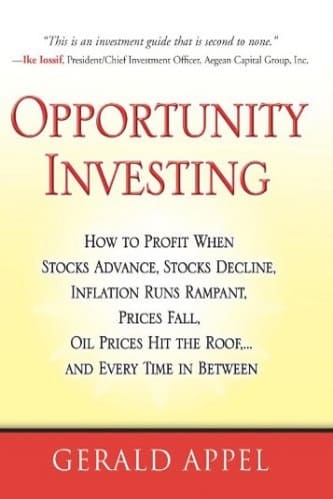
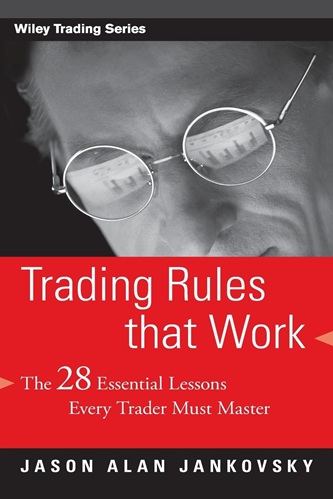
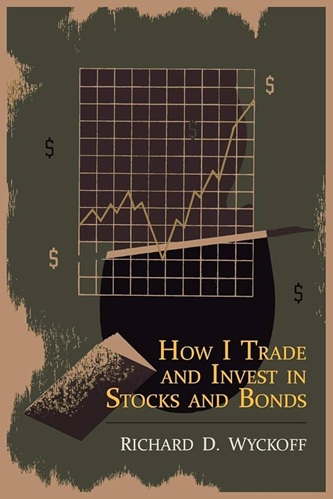
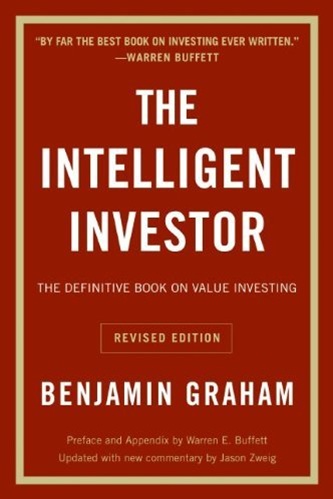
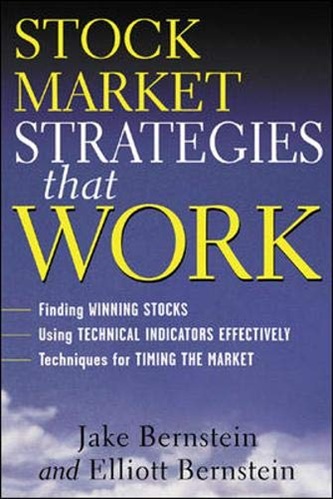

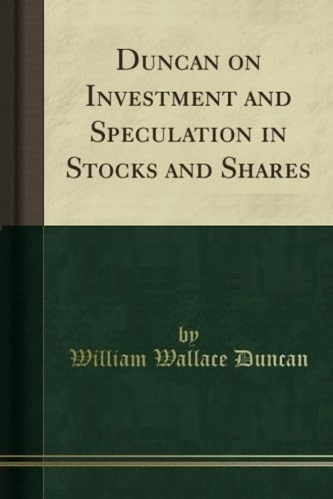

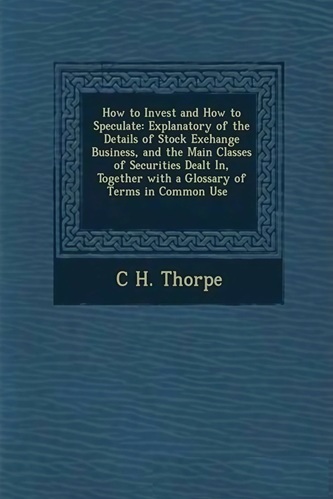
Veda Barnett (verified owner) –
Really like this book. Covers sector rotation, etf’s, how to position yourself to profit regardless of the market. Good, usable information. Yes it is backtested info. Use at your own risk. I like it!
Rosalee Flynn (verified owner) –
For all of us that are interested in taking a more active role in our investments, the processes in this book are a good next step. There is a rare balance of acceptance of risk and potential gain in the author’s suggested quarterly re-allocation method. The method is not a “read the market” approach, which virtually no one can do consistently, if at all. It is rather a method to use recent fund performance as a purchase / reallocation guideline for short periods of time (as in quarterly). It is definitely not for everyone, because of the quarterly attention required. A very good incremental step in a maturing investor’s education.
Ricky Roberts (verified owner) –
Being a financial advisor, I’ve come across books that range from the very basic to the ridiculous.
Appel’s book, although more conventional then his previous titles, lays out a comprehensive, although extremely practical and relevant strategy for 1) understanding how the markets both stocks and bonds work and 2) giving the investor various options to use that although do involve time and some monitoring, provide a solid blue-print step by step guide that will allow them to more intelligently invest with their hard-earned assets while reducing risk where possible.
Moreover, the combination of fundamental and technical analysis in security selection allows the investor to capitalize on both areas of the market that are affected by emotional factors (external events) but also takes advantage of proven technical and analytical strategies that in the long-haul will give the investor above market gains.
Highly recommended.
Avah Beltran (verified owner) –
good book
Kannon Horn (verified owner) –
Gerald Appel is a well-known author, technical analyst (and developer of the Moving Average Convergence Divergence (MACD) indicator) who has written a practical guide to investing while dispelling a number of Wall Street myths on along the way. His book’s purpose is to help readers who have limited time on their hands become active intelligent investors, as well as to help those individuals who are willing to put in more time and effort.
In the book, Appel covers specifically which vehicles to invest in, the timing of the buys and sells, and how to construct a portfolio that is diversified and balanced based on the individual’s age and financial situation. Throughout the book, he stresses the importance of active, informed, self-directed investing instead of the out-of-date and risky buy and hold approach which “may or may not service investors purposes in the future.”
The author suggests that investors focus not only on the U.S. stock market, but also on the overseas markets. He recommends investing in U.S. stocks, bonds, and money market instruments, as well as the more unfamiliar foreign bonds and stocks, real estate, and investments in foreign countries.
Appel kicks off the book covering the myth of why buy and hold is not a risk-free investment strategy compared to active management. He shows that by using a few indicators such as the NASDAQ/NYSE ratio, direction of interest rates, public sentiment, and the Best Six Months Strategy (buy at end of October and sell in May and go into cash until next October) that investors can reduce their risk and obtain decent investment performance. For example, by using the NASDAQ/NYSE relative strength ratio with a 10 dma crossover signal, according to Appel it is possible to beat the market’s performance with about half the risk.
In another chapter, the author compares three diversified mutual fund portfolios showing how different market segments work well together to reduce risk and improve returns. He covers the basics of how to select the best mutual funds by providing the most important characteristics to consider for the long run. Furthermore, he illustrates how to pick funds that are in the top decile of performance.
Appel devotes a separate chapter to income investing suggesting short-term bonds with high credit ratings, and current interest flow. In a section on maximizing safety he mentions T-bills, money market accounts, and setting up a bond ladder with wide diversification. He also reviews what to focus on for maximum potential returns, as well as balancing risk and return. A follow-on chapter reviews the keys to securing junk bond yields at Treasury bond risk levels. Another chapter reviews investing in REITs while another covers investing abroad using open-end and closed-end funds as well as ETFs.
Appel favors ETFs as a new way to invest replacing the typical mutual funds. He contrasts the pros and cons of ETFs, the different ETF categories, and how to create and maintain a diversified portfolio. He provides three specific sample portfolios for different types of investors.
The author’s market timing approach encompasses both fundamental and technical analysis. On the fundamental side he reviews the P/E ratio, bond yields, earnings yields and provides guidance on how to interpret the readings. On the technical side, he discusses the four year and presidential election market cycles, advance decline line, and new high new low breadth indicator.
Overall, Appel provides readers with a time-tested practical approach to take control of their investments. For those readers that prefer investing using their own skills this book will provide and excellent plan for moving ahead and succeeding.
Stephen Blankenship (verified owner) –
This book does an outstanding job explaining how to use different investment vehicles at the right time to find opportunities and achieve results. The author advises to only take on appropriate risk for your situation, diversify, buy your investments for a good value, and stick with your winners. He explains the proper use of open and close ended mutual funds, REITs, ETFs, commodity mutual funds, gold, stocks and bonds. High inflation? Invest in commodity and natural resource mutual funds. Moderate inflation? Stay in the stock market. Deflation? Go to investment grade intermediate and long-term bonds. This book is packed with strategies so you can become your own investment advisor by seeing opportunities no matter what the economic environment. I highly recommend.